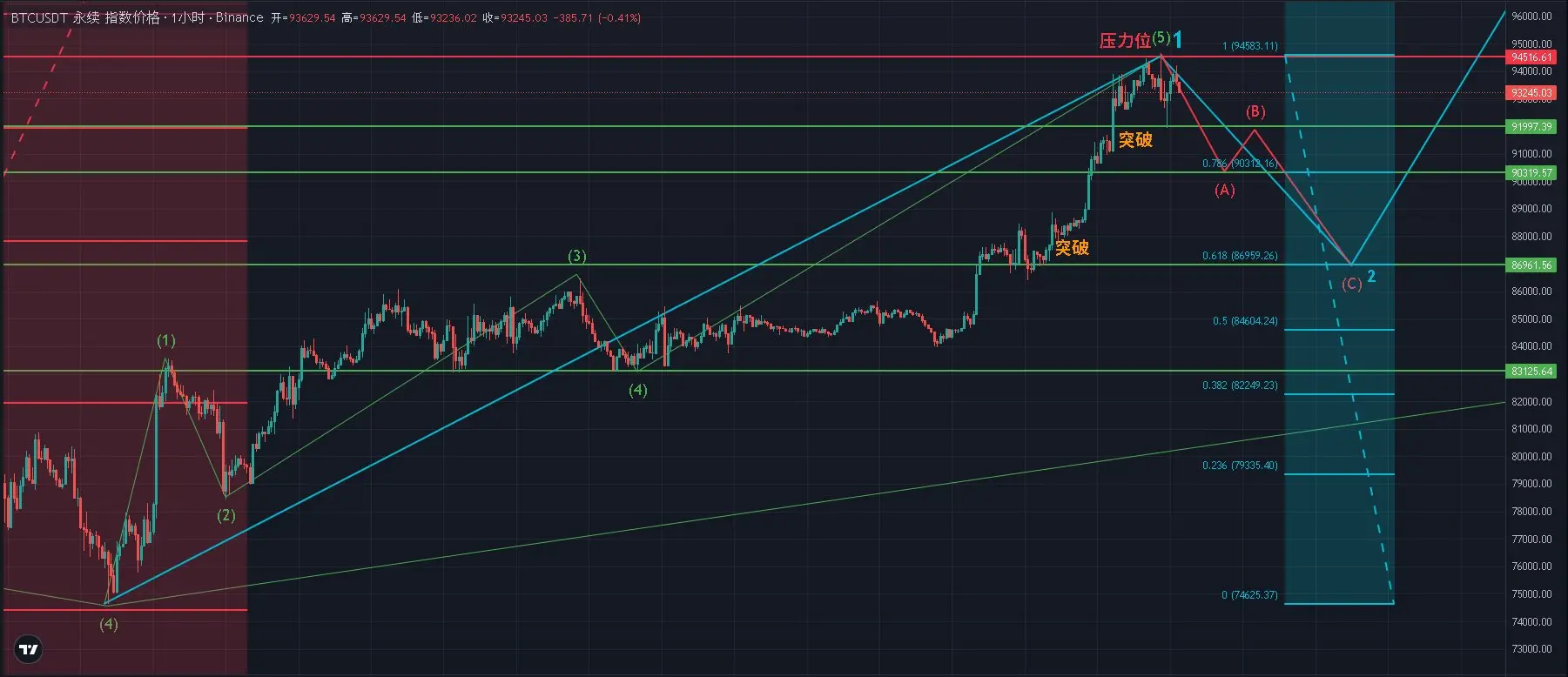Is DeFi becoming a new safe haven amid the 125% tariff panic?
Is DeFi Becoming the New Safe Haven Amidst the 125% Tariff Panic?
The game between the U.S. and China has once again entered a phase of substantial confrontation, with auto tariffs skyrocketing to 125%. Such trade wars are not new, but this "upgraded version" has indeed made the capital markets feel that typical "global resonance" pressure once again.
Stocks, commodities, and the bond market have all shown varying degrees of risk-averse behavior. Meanwhile, the performance of the crypto market has been relatively mild. This has led me to ponder a question:
Is DeFi regaining its role as a "safe haven" amidst this structural friction?
I have been reserved about this notion in the past, but my thoughts are slowly shifting now. Here are some of my observations and reflections:
Tax "Deregulation" Has Brought Certainty to DeFi
In March, the U.S. Senate passed a resolution very friendly to DeFi users:
Temporarily overturning the IRS requirement for on-chain protocols to report user transactions.
This is actually a significant signal. Although it cannot be fully understood as "tax exemption," it means that the tax compliance pressure for on-chain interactions has been alleviated in the short term.
This releases a subtle yet crucial window: users can rebuild their confidence in on-chain asset allocation in an environment with less regulatory friction.
For me, this is akin to how international capital used offshore markets as a "low-friction channel" in the past; DeFi is likely taking on a nascent form of this role.

Structural Yield is the Logic Worth Paying Attention to at This Stage
The greater the market uncertainty, the more funds tend to seek "structurally certain" paths— even if the yields are not that high.
This is why Staking products are beginning to regain attention. You stake your assets on the mainnet, earning rewards from the protocol layer; the logic is clear, the path is predictable, and the volatility is relatively low.
Especially in ecosystems like Avalanche, on-chain staked tokens (like sAVAX) can continue to participate in other DeFi activities, such as lending or liquidity mining. This way, users retain Staking yields without completely sacrificing liquidity.
This actually forms a logic closer to "structured financial management" on-chain:
Yields come from the underlying protocol, risks are concentrated on mainnet security and DeFi contract layers, and the paths and expectations are reusable and traceable.
When Compliance Expectations Are Unclear, On-Chain Transparency Becomes a Moat
No one knows how taxes will be collected or regulated in the future, but one thing is certain: protocols with complete on-chain records and clear structures will definitely have more long-term viability than those operating in gray areas.
Recently, I have been paying attention to BENQI, which may not be a blockbuster project, but its path is quite standard:
Users stake AVAX → receive sAVAX → can then use it for collateral, lending, or liquidity pools; the entire asset path is traceable, and contract behaviors are public, which is very friendly for future compliance integration.
This combination of "structure + transparency" actually serves as a moat in the current stage. You may not be able to achieve super high returns immediately, but you can gain stability over time.
The Way of Structural Combination is Transitioning from Tool Patchwork to Asset Allocation System
In the past, many people used DeFi to "find tools for arbitrage," but today, more and more people are building "asset structures."
For example:
You stake AVAX to receive sAVAX;
Use sAVAX as collateral to borrow stablecoins;
Use stablecoins for liquidity mining or participate in on-chain RWA projects;
Finally, automatically compound this entire structure.
The whole path is not complicated, but behind it, it is no longer "speculative behavior," but rather a structured yield model on-chain, which can even be likened to "actively managed portfolio assets."
From this perspective, DeFi is slowly shedding the impression of "high risk and high volatility" and evolving into more mature financial tools.
This is a Stage Worth Seriously Constructing "On-Chain Structures"
My current attitude towards DeFi is:
It is not a window for exorbitant profits, but it may be the most worthwhile stage to build structures and accumulate positions before the next slow bull market starts.
If you believe that macro uncertainty will persist;
If you do not want to place all your assets in high-volatility targets;
If you hope that future taxes, compliance, and on-chain yields can gradually connect into a system------
Then, building an on-chain "structured yield portfolio" may be a worthwhile action to start.
BENQI and sAVAX may not necessarily be the optimal solutions, but their paths and mechanisms indeed possess the characteristics of "explainable, combinable, and iterable," making them part of this structural experiment.
When the next cycle will come is uncertain, but starting to build structure now is certainly not the wrong direction.









